What are the differences between the two best decking materials, Ipe (Tabebuia Spp) and Tiger Deck (Astronium Spp)? These comparisons are taken from various 3rd party researchers listed at bottom.
Environmental
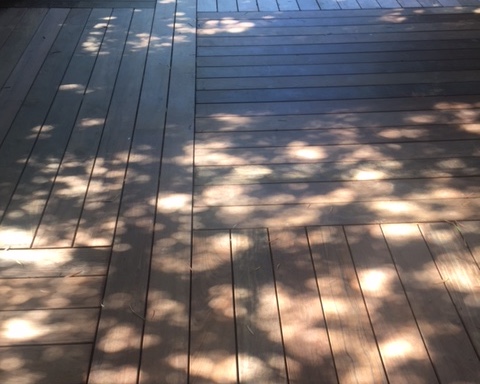
IPE
Very difficult to kiln dry, air dries rapidly with good results. Air dried to local ambient conditions results in moderate shrinkage and expansion movement in service relative to climate.
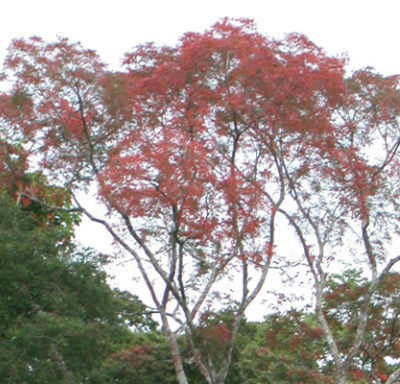
TigerDeck
Wide distribution from southern Mexico to N. Argentina, east of the Andes Mts. Elevations from 300 to 3,000 ft. semi arid to tropical climates.
The Tree
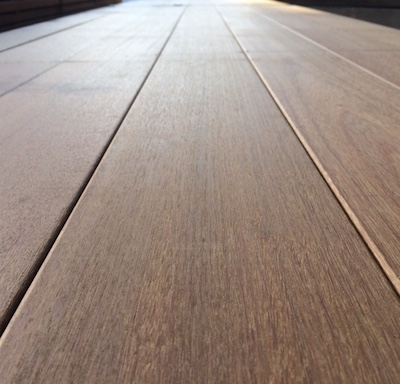
IPE
Slow growing climax specie lives to 250 – 300 years
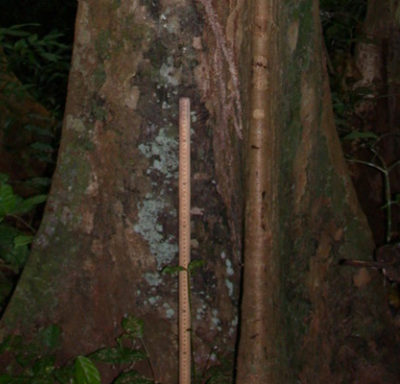
TigerDeck
Fast growing pioneer specie lives to 70 – 100 years
Drying and Shrinkage

IPE
Very difficult to kiln dry, air dries rapidly with good results. Air dried to local ambient conditions results in moderate shrinkage and expansion movement in service relative to climate.
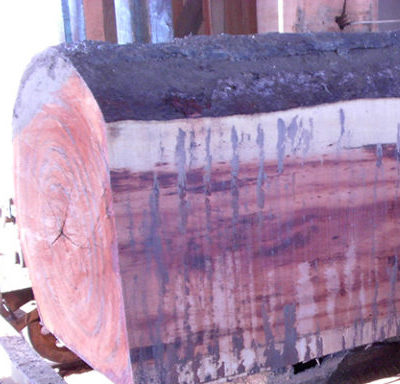
TigerDeck
Difficult to kiln dry, air dries slowly with poor results. Must be kiln dried to low average mc% for exterior service; then has good dimensional stability with only small movement in service.
Working Properties
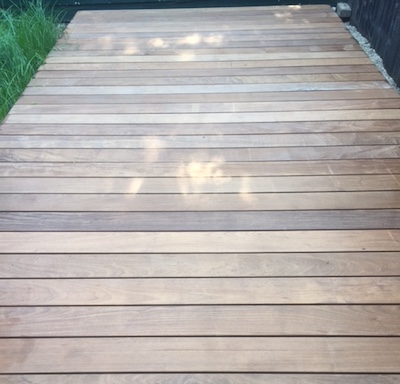
IPE
Ready for service (air dried properly) it is moderately difficult to work, has blunting effect on cutting edges, high silica content, finishes smoothly except where grain is roey. 10 degree cutting angle recommended.
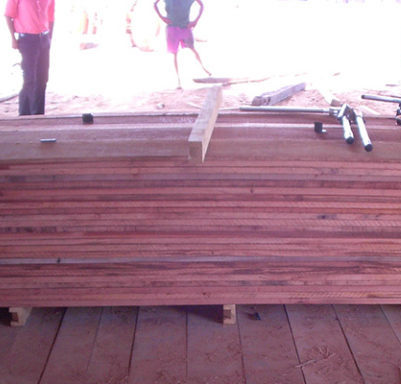
TigerDeck
Ready for service (kiln dried properly) relatively easy to work with carbide cutting tools. 15 degree cutting angle recommended.
Allergen(s)
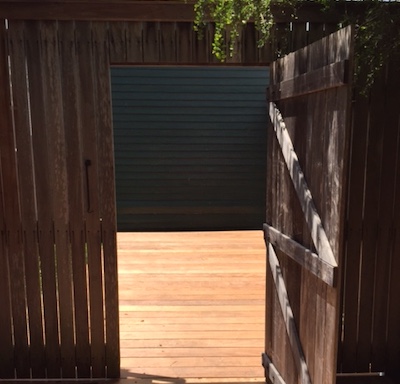
IPE
Odor – some workers report extreme unpleasant odor. Dust – may cause dermatitis or severe sinus related discomfort.
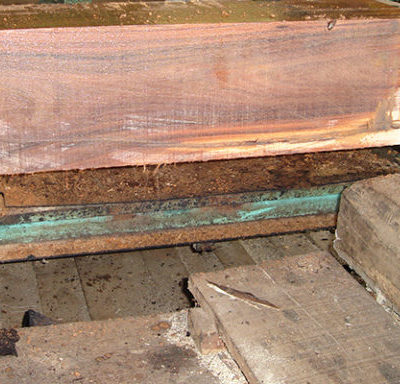
TigerDeck
Odor – workers report mildly pleasant to no discernable odor. Dust – no negative reactions reported.
Durability
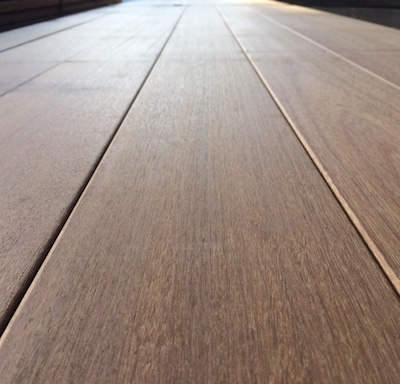
IPE
Very resistant to attack by decay fungi and termites. Not resistant to marine borers. Extremely resistant to preservative treatment and staining, lowest possible viscosity oil is the only practical alternative at this time. Roey grain is a permanent source of slivering and rough surface.
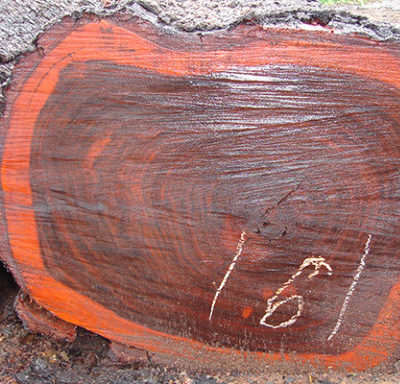
TigerDeck
Very resistant to attack by decay fungi and termites. Very resistant to marine borers. Extremely resistant to preservative treatment and staining, lowest possible viscosity oil is the only practical alternative at this time. Finished surface stays smooth relative to original machining over time.
Similar Specie or Substitutes
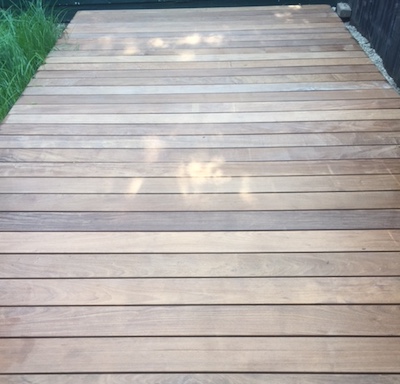
IPE
Closest physical relatives for exterior use and appearance are kiln dried Cumaru (Dipteryx Spp.) and kiln dried Angelim Pedra (Hymenolobium Petraum). No domestic woods with similar characteristics in service.
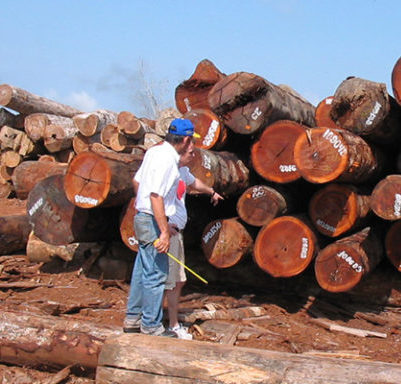
TigerDeck
Closest physical relatives for exterior use and appearance are Macassar Ebony (Diospyros Spp.), several Rosewoods (Dalbergia Spp.) and Burmese Teak (Techtona Grandis). Domestic woods are Hawaiian Koa (Acacia Koa) and kiln dried American Dogwood (Cornus Florida).
Mechanical Properties as Finished Market 1X6 Deck Board
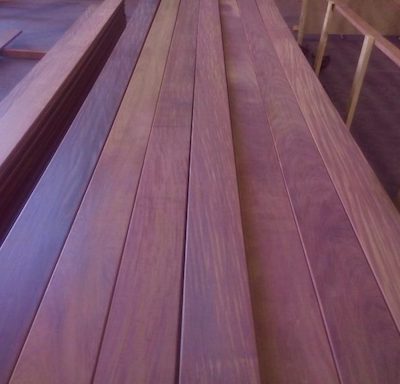
IPE
• At 16% MC….NO American Lumber Standards Certification
(MUST BE ENGINEERED FOR SPECIFIC USE)
• Bending Strength – PSI = 25,200
• Modulus of Elasticity – MOE (x1,000) = 3,010
• Maximum Crushing Strength – PSI = 13,010
• Janka Side Hardness – LB = 3,680
• USDA FS laboratory toughness is 404 inch-pounds (5/8 inch thick specimen)
• Class A and Type 1 Critical Radiant Flux (fire ratings)
• Slip Resistance greater than .94 dry and .55 wet (OSHA – UL 410 minimum .50)
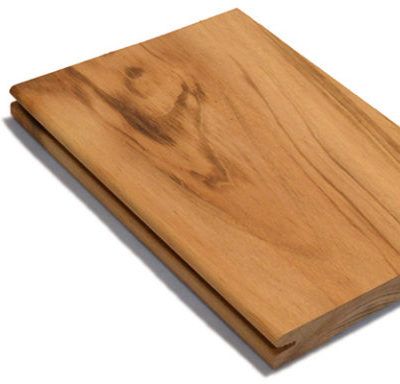
TigerDeck
• At 8% MC…American Lumber Standards Certified Premium R.E.D.
• Bending Strength – PSI = 21,450
• Modulus of Elasticity – MOE (x1,000) = 2,160
• Maximum Crushing Strength – PSI = 10,320
• Janka Side Hardness – LB = 3,122
• USDA FS laboratory toughness is 338 inch-pounds
(5/8 inch thick specimen at 12%mc)
• Class A and Type 1 Critical Radiant Flux (fire ratings)
• Slip Resistance greater than .96 dry and .61 wet
(OSHA –UL 410 minimum .50)